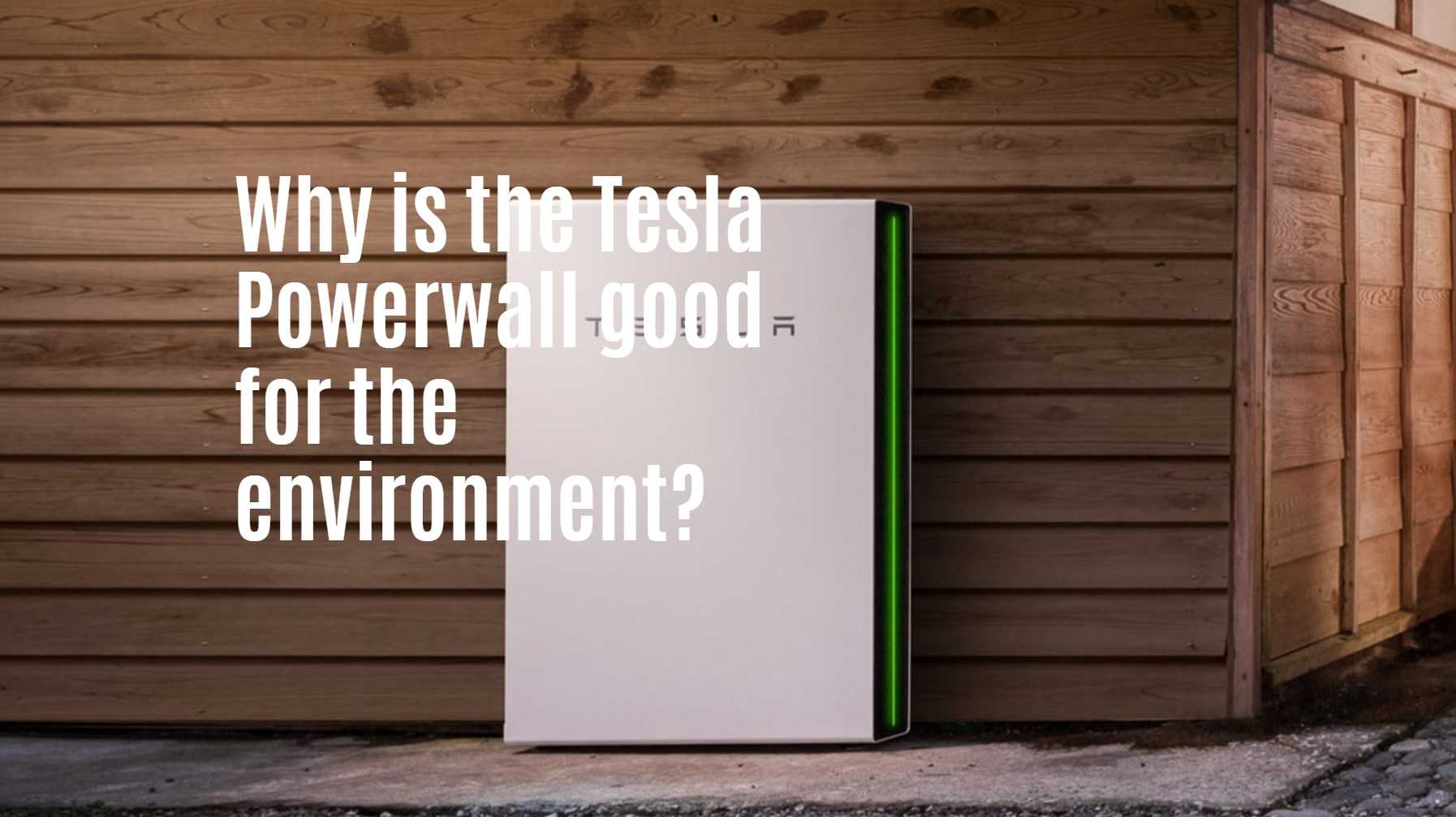The Tesla Powerwall plays a significant role in promoting environmental sustainability by enabling the effective use of renewable energy. It captures excess solar energy generated during the day, reducing reliance on fossil fuels and minimizing greenhouse gas emissions. By facilitating energy independence and enhancing grid resilience, the Powerwall contributes to a cleaner, more sustainable energy ecosystem.
Key Environmental Benefits of the Tesla Powerwall
- Integration with Renewable Energy:
- The Powerwall stores energy generated from solar panels, allowing homeowners to utilize clean energy even when the sun isn’t shining. This capability significantly reduces dependence on non-renewable energy sources.
- Reduction in Greenhouse Gas Emissions:
- By decreasing reliance on fossil fuels for electricity generation, the Powerwall helps lower overall carbon emissions. This transition is crucial in combating climate change and promoting cleaner air.
- Enhanced Grid Stability:
- The Powerwall acts as a buffer against fluctuations in energy supply and demand, enhancing grid stability. This stability is vital for integrating more renewable energy into the grid, further reducing reliance on traditional power plants.
- Energy Efficiency:
- The Powerwall optimizes energy usage by storing excess power during low-demand periods and discharging it during peak times. This efficient management of energy resources minimizes waste and maximizes the use of renewable sources.
- Promotion of Energy Independence:
- Homeowners can achieve greater self-sufficiency by generating and storing their own energy. This independence not only reduces utility costs but also lessens the environmental impact associated with conventional electricity consumption.
How the Tesla Powerwall Contributes to Environmental Conservation
The Tesla Powerwall supports environmental conservation efforts by enabling widespread adoption of solar power. Here’s how:
- Minimizing Energy Waste: By storing surplus solar energy, the Powerwall ensures that generated power is not wasted, thus maximizing the benefits of renewable energy systems.
- Supporting Sustainable Practices: The integration of the Powerwall with solar installations encourages more households to transition to renewable energy, contributing to a collective reduction in carbon footprints.
- Facilitating Cleaner Air Initiatives: With reduced emissions from traditional power generation, areas utilizing the Powerwall can experience improved air quality and a decrease in health-related issues linked to pollution.
Latest News on Tesla Powerwall and Environmental Impact
Recent developments highlight Tesla’s ongoing commitment to sustainability through its Powerwall technology:
- Increased Adoption Rates: More homeowners are installing Tesla Powerwalls alongside solar panels, leading to significant reductions in household carbon footprints.
- Innovative Energy Solutions: Tesla continues to innovate with its battery technology, improving efficiency and storage capacity while reducing costs for consumers.
- Community Resilience Initiatives: The deployment of multiple Powerwalls within communities is fostering resilience against power outages while promoting shared renewable energy resources.
These trends reflect a growing movement towards sustainable living facilitated by advanced battery technologies like the Tesla Powerwall.
Redway Expert Comment
In our extensive experience at Redway Battery, we recognize that the Tesla Powerwall represents a significant advancement in sustainable energy solutions. Its ability to store and manage renewable energy not only enhances individual household efficiency but also contributes positively to broader environmental goals. As more consumers adopt this technology, we anticipate substantial progress toward reducing our collective carbon footprint.” In conclusion, the Tesla Powerwall is a pivotal component in the transition towards sustainable energy practices. By enabling effective use of renewable resources, enhancing grid stability, and promoting energy independence, it plays a crucial role in mitigating environmental challenges and fostering a cleaner future.




